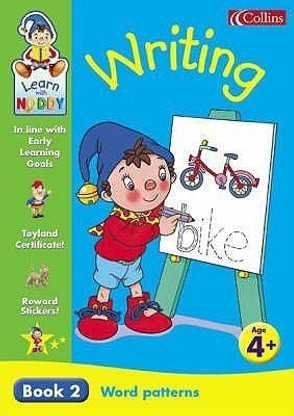

The CPSC said there has been a “statistically significant increase in magnet ingestion incidents and injuries” since then. The government imposed an outright ban on certain high-powered rare earth magnets that was overturned in court in November 2016. We need to advocate for stronger standards and enforcement But 2020 is unique, and as Americans have worked, learned and played from home to protect themselves from COVID-19, children could be more susceptible to certain toy-related hazards.

Consumer Product Safety Commission (CPSC). Toy safety has come a long way, thanks to years of work from consumer advocates, public health experts, elected officials and the U.S. A lot of progress has been made, but new problems are emerging With siblings of all ages playing and spending more time together and parents juggling responsibilities with limited support, some dangerous toys are more difficult to supervise, and others are better left out of the home altogether. As we approach the ninth month of the COVID-19 pandemic, many parents and caregivers in the United States still work from home while their kids participate in virtual learning.

This year marks the 35th anniversary of our Trouble in Toyland report, which helps parents and caregivers spot toy hazards and offers advice to keep kids safer.


 0 kommentar(er)
0 kommentar(er)
